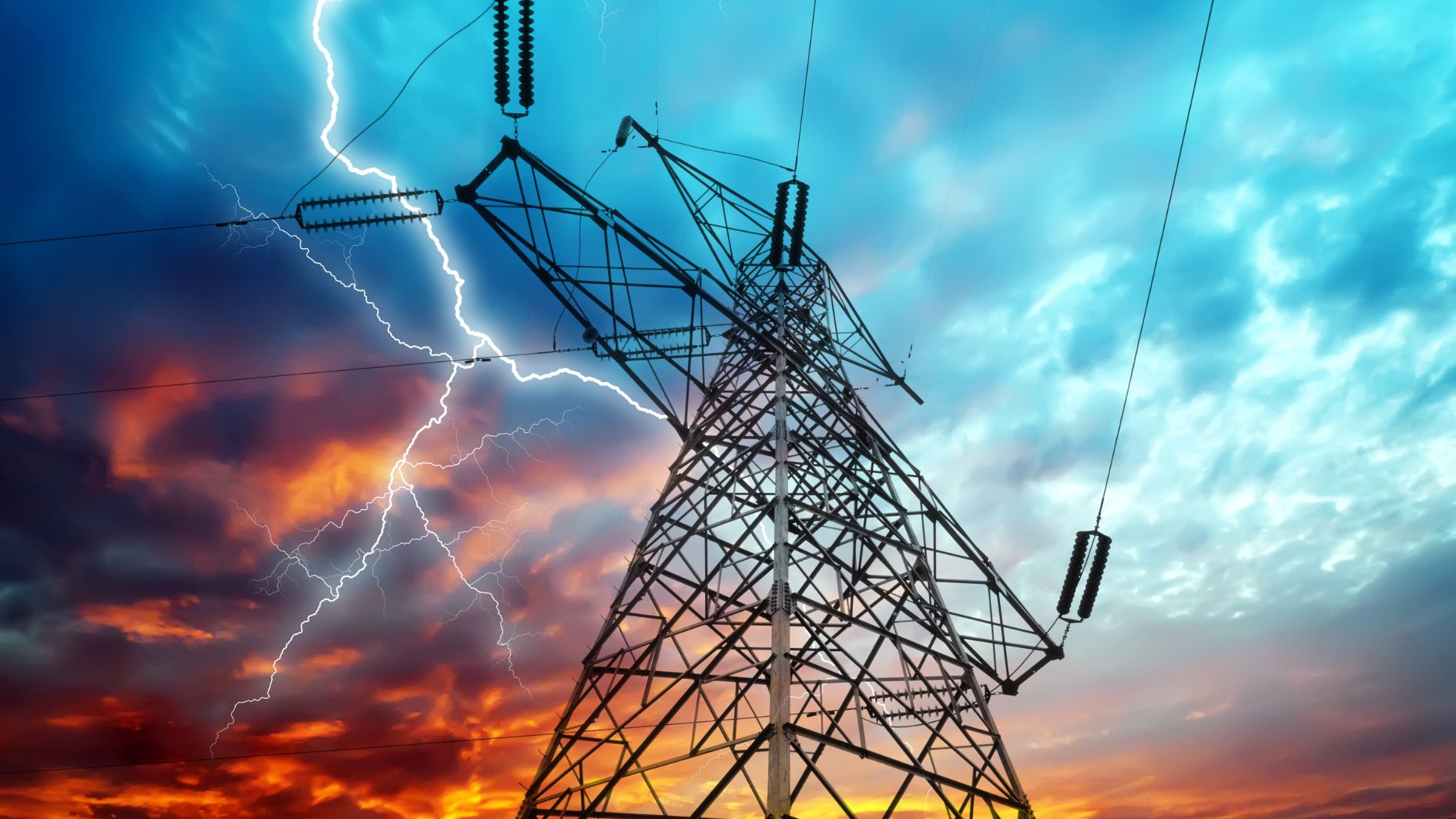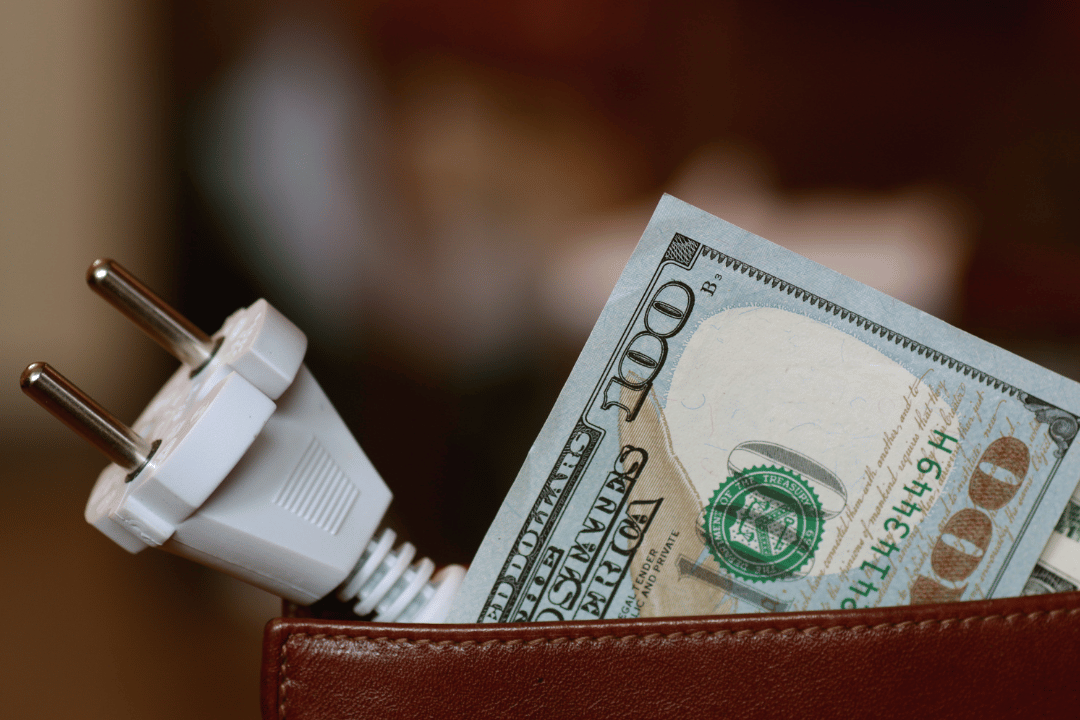Image source: Canva.com
Utilities nationwide are implementing new and inventive rate structures for residential energy consumers. These structures, which include time-of-use rates, demand charges, and real-time pricing, are designed to encourage energy consumption during periods of low electricity generation costs and discourage it when costs are higher. By understanding the nuances of time-of-use rates, you can better manage your energy usage and potentially lower your monthly electricity bills.
Time-of-use (TOU) rates, for example, vary depending on the time of day, with different rates applied during peak and off-peak hours. By shifting your energy consumption to times when rates are lower, you can take advantage of these cost-saving opportunities. Similarly, demand charges are based on your highest energy usage during peak times, so managing your energy consumption to avoid high-demand periods can further reduce costs. Real-time pricing adjusts rates based on current market conditions, providing more immediate incentives for energy use during less expensive times.

Peak Demand: Tips for Effective Management
Overall, a thorough understanding of these rate structures and strategic planning of your energy use can lead to substantial savings on your energy bills while also contributing to more efficient and cost-effective energy consumption practices.
Understanding Time-of-Use Rates

Time-of-use (TOU) rates represent a key component of modern utility rate structures designed to reflect the fluctuations in electricity generation costs and demand throughout the day. These rates are structured to encourage energy consumption during periods of low-cost electricity and discourage it during times of high-cost electricity.
Typically, TOU rates follow a predictable pattern. During periods when the cost of generating electricity is lower – such as late at night or early in the morning – rates are reduced. This is because the electricity demand is generally lower, and power generation is more cost-effective. Conversely, during peak times, such as hot summer afternoons when electricity demand surges due to the widespread use of air conditioning, the rates can increase significantly to reflect the higher cost of generating and supplying electricity.
These rates are not static; they can vary based on several factors. For example, TOU rates may differ by season, reflecting the seasonal variations in energy demand and generation costs. Additionally, the rates can vary between weekdays and weekends, as well as across different periods within a single day. This means that energy prices could be lower during off-peak hours, like early mornings or late evenings, and higher during peak hours, like late afternoons or early evenings.
Understanding the intricacies of TOU rates can help you optimize your energy consumption patterns. By shifting energy-intensive activities to off-peak hours when rates are lower, you can reduce your electricity costs. This awareness also allows you to make more informed decisions about your energy usage and take advantage of cost-saving opportunities that align with your daily routines and needs.
Why Are Time-of-Use Rates Important?

Time-of-use rates aim to better align the costs consumers pay for electricity with the actual cost of producing it. Traditionally, utilities update residential electricity rates once or twice a year, setting a rate that covers the average cost of generating electricity over that period. This rate is expressed in dollars or cents per kilowatt-hour ($/kWh).
However, the cost of generating electricity fluctuates throughout the day due to varying demand levels. As demand increases, the cost of production typically rises. Without time-varying rates, consumers lack insight into these cost variations and may inadvertently use electricity during peak, high-cost periods.
Time-of-use rates introduce transparency by adjusting the cost of electricity based on the time of day, week, or month. This allows consumers to see when electricity is more expensive and encourages them to shift their usage to lower-cost periods. By doing so, consumers can reduce their overall electric bills and help utilities manage demand more efficiently.

What are the Cheapest Hours for Electricity Usage?
Time-of-Use Rate Bills vs. Standard Bills
Calculating a standard electricity bill is straightforward: Multiply your electricity rate by your total monthly consumption to determine your bill amount.
A time-of-use (TOU) bill adds complexity to this calculation. Instead of applying a single rate to all your electricity usage, you’ll multiply the amount of electricity used during specific hours of the day by the corresponding rate for those hours. This approach reflects the varying costs of electricity production throughout the day.
In practical terms, the impact on your bill can vary widely. Some customers may immediately save on their monthly bills without changing their consumption habits by using more electricity during lower-cost periods. Conversely, others might see increased bills if they continue to use electricity heavily during peak-rate hours. Understanding and adjusting to these rate structures can help consumers optimize their electricity costs based on their usage patterns.
Benefits of Time-Of-Use Pricing
Cost Savings
By shifting energy usage away from peak times, you can significantly reduce your energy bills.
Enhanced Control
Gain greater control over your energy consumption and billing processes efficiently.
Lower Carbon Emissions
Help decrease the need for additional power plants, contributing to a greener future.
Maximizing Benefits from Time-of-Use Rates
There are several effective strategies to optimize the benefits of a time-of-use rate. One of the simplest approaches is to schedule appliance use during off-peak hours when electricity rates are lowest. Even small adjustments can yield noticeable savings for proactive consumers.
For instance, for residential customers under PG&E’s time-of-use rate, shifting your laundry routine from 6:00 PM to 9:00 PM three times a week can save nearly $12 annually in electricity costs. Consistently applying this strategy across other household appliances, such as washers and dryers, can further increase your savings.
Investing in solar power is another valuable method to reduce reliance on expensive peak-hour electricity under time-of-use rates. Additionally, integrating solar-plus-storage solutions can be even more advantageous. This approach ensures that electricity generated by your solar system during the day offsets evening energy consumption, even during periods of high time-of-use rates, thereby maximizing savings and energy independence.





